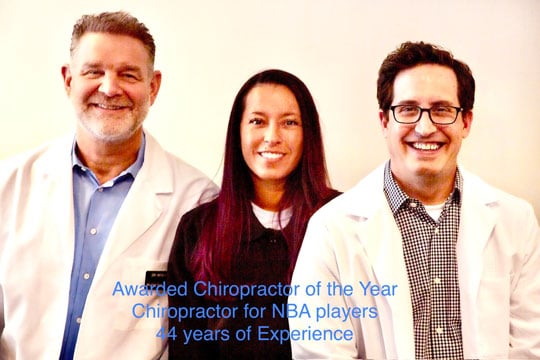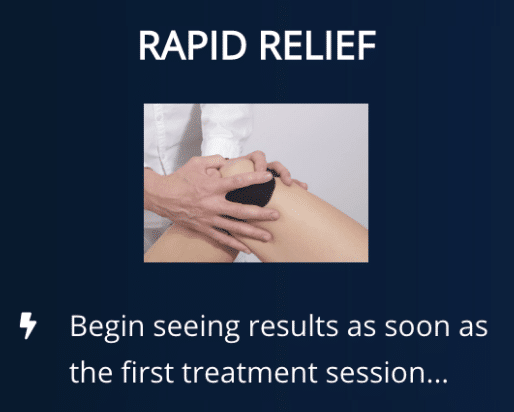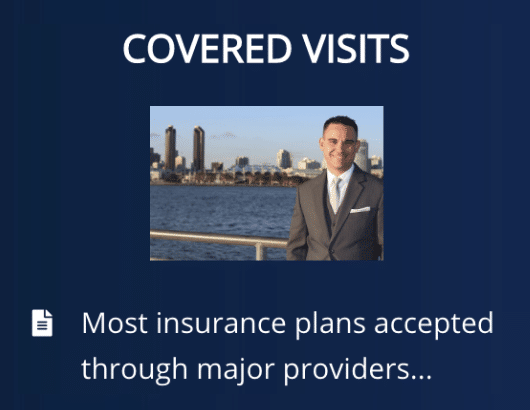
Chiropractic Care for Scoliosis
Scoliosis is a medical condition that causes the spine to curve sideways. The curve can develop anywhere along the spine, but most often occurs in the middle back (thoracic) region. The vertebrae in a regular spine are positioned one on top of the other, like a bunch of blocks. With scoliosis, though, the vertebrae slant to the side instead, so that the spine bends abnormally.
While conventional approaches such as bracing and surgery are frequently recommended, chiropractic care offers a non-invasive alternative that has demonstrated effectiveness in relieving pain and enhancing spinal alignment.
If you’ve recently been diagnosed with the condition and don’t know what to expect, you’ve come to the right place. Here is a detailed guideline of all you need to know about scoliosis to better manage the condition
Alleviate your daily pain due to Scoliosis



What Is Scoliosis?
If you observe a human spine, you will realize that it’s supposed to run straight down the middle of the back.
When a patient’s spine is curved sideways, usually in the shape of a “C” or “S,” it means they have Scoliosis. Scoliosis forces the spine to bend in an unnatural position. If the spine is bent more than 10 degrees to the side, the patient is considered to have Scoliosis.
Scoliosis is a health problem that affects your posture, the way you stand and walk. Some patients lean forward or have uneven hips and shoulders. This is typical for most people with this condition.
Symptoms Of Scoliosis
These symptoms include:
- The whole body is leaning towards one side
- The texture and look of the skin that overlays the spine is changing (the color changes abnormally, hair patches or dimples start to appear)
- Uneven shoulders with blades sticking out
- The head is not positioned right above the pelvis
- Uneven waist
- Both/one hip is much higher than the other (unusually raised)
- Uneven ribcage
Depending on what the patient is going through, the pain and intensity of the symptoms will vary.
Three Causes Of Scoliosis
In many patients, the condition appears to be hereditary. The not-so-common types of Scoliosis could be caused by injuries, birth defects, or neuromuscular disorders.
- Congenital – As a result of malformations in more or one vertebrae, patients can experience congenital Scoliosis. Any abnormalities in the vertebrae, like deformities or curvatures, can cause this health condition.
- Habitual – The habitual positions that we adopt daily can lead to Scoliosis. If we sit, stand, or sleep in an unnatural position and bend the spine, it will become accustomed to it and use the muscles around it to stay in that position, resulting in an abnormal posture.
- Idiopathic – When the spine develops an abnormal curve, it means they might have idiopathic Scoliosis. There are no definite causes, but it’s believed to result from an environmental and genetic factor.
Chiropractic Treatment for Scoliosis
Traditional chiropractic treatment may not effectively address scoliosis, especially when chiropractors lack expertise in its complexities. The general approach can offer pain relief but doesn’t correct the spinal curve typical of scoliosis. Scoliosis-specific chiropractic care, however, aims to stabilize and correct the spine gradually through precise and gentle adjustments. Unlike traditional methods, scoliosis-specific adjustments use mechanical instruments to avoid twisting or turning the neck, crucial for individuals with hypermobility in the neck joints. Combining adjustments with daily exercises is key for optimal results. Advocacy for personal preferences and goals is essential in scoliosis treatment, requiring open communication with a knowledgeable chiropractor.
Chiropractors employ diverse methods to address scoliosis, tailored to individual needs:
Massage Therapy for Scoliosis: Eases back pain, enhances range of motion, and reduces muscle tension specific to scoliosis.
Spinal Adjustments for Scoliosis: Realigns the spine, alleviating pressure on nerve roots or the spinal cord in cases of scoliosis.
Specific Exercises and Stretches for Scoliosis:Customized routines strengthen core muscles, alleviate muscle tightness, and enhance posture for individuals with scoliosis.
Postural Retraining for Scoliosis: Aims to correct poor posture habits contributing to scoliosis and improve overall spinal alignment.
The treatment choice depends on scoliosis type and severity. If diagnosed, consult a qualified chiropractor for a personalized assessment and guidance on the most suitable scoliosis-specific option for you.
Book An Appointment
Note: If you are an existing patient, click here to book an appointment.
Frequently Asked Questions
Does Medical Insurance cover Scoliosis Treatment?
It depends on the insurance coverage. The insurance will cover the surgery, instruments, and hospital stay. But, you might have to pay a deductible based on the insurance plan. Contact the insurance company to discuss the full extent of the coverage.
Isn’t Scoliosis caused by lack of Calcium?
The lack of calcium in the system is connected to Scoliosis. But, that doesn’t mean if you pop a calcium pill, the condition will go away.
Isn’t a Certain Amount of Sideways Curvature Normal?
Anything above 10 degrees is not normal.
Do Heavy Back-Packs Cause Scoliosis?
No. But, they can cause back or shoulder pain.
Can Scoliosis get worse as you age?
Yes, especially for patients with severe curvature. The curve will extend 1 to 2 degrees every year.
Can Scoliosis affect breathing?
If the condition is severe and puts pressure on the rib cage, it can affect the lungs and make breathing difficult.
What organs are affected by Scoliosis?
The condition affects the skeletal system, digestive organs, and brain. It may deplete the body from resources and affect the lungs and heart.
Can Scoliosis affect your height?
Scoliosis won’t affect someone’s height. But, in some cases, if the curve is too big, that person may not be able to stand upright, making them appear shorter than they actually are.
Does sitting up straight help Scoliosis?
Yes, it’s very important since it lengthens the spine, straightens the shoulders, neck, and back. A good posture is always beneficial for Scoliosis.
How should a person with scoliosis sleep?
If you have problems falling asleep, roll up a towel and place it under the ribs, then add a pillow between the legs. The pillows will keep the spine in a comfortable position and help the brain relax.
What are the early signs of Scoliosis?
The visible bumps on the back, uneven hips or shoulders, difficulty walking or standing can be a clear indication of early Scoliosis.

